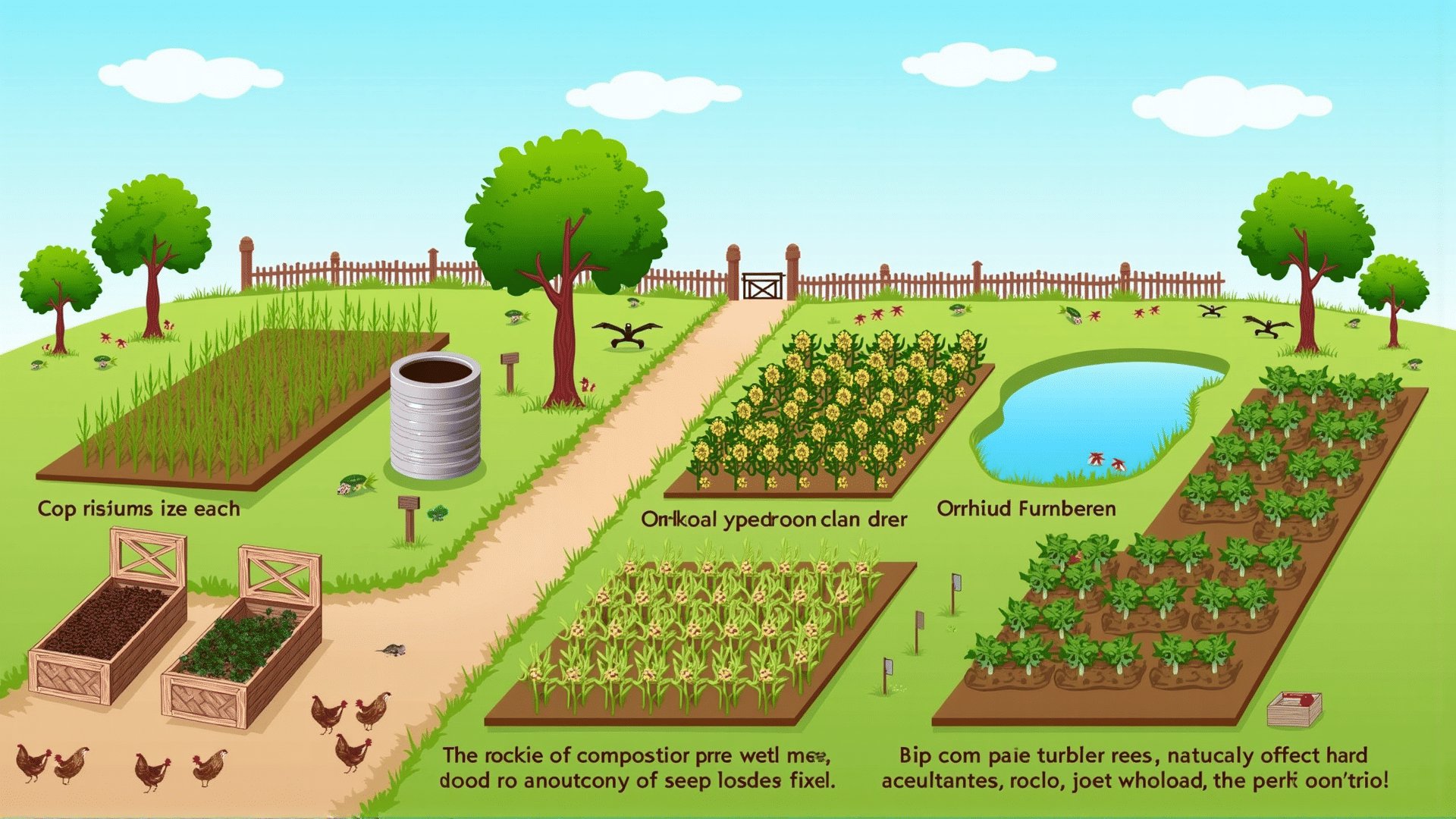Sustainable farming practices are rapidly gaining attention as a vital approach to ensuring food security while minimizing environmental harm and promoting biodiversity. At Earth's Abundance Crops, these practices are at the forefront, redefining how we think about agriculture. By integrating innovative techniques with time-tested methods, sustainable farming creates a resilient system that nurtures both the land and its ecosystems.
At the heart of sustainable farming is the principle of minimizing the use of chemical inputs such as fertilizers and pesticides, which can be harmful to the environment. Instead, farmers are adopting organic farming techniques that rely on natural processes and biologically-based pest management. Crop rotation, cover cropping, and the use of compost and green manure significantly reduce the need for synthetic inputs. These practices improve soil health, prevent erosion, and enhance the carbon content of the soil, which is crucial for capturing carbon dioxide from the atmosphere.
Another cornerstone of sustainable agriculture at Earth's Abundance Crops is the promotion of biodiversity. Monoculture, the traditional practice of planting a single crop over a large area, is being replaced with polyculture or diverse crop planting. This not only reduces the risk of pest infestations and diseases but also enhances resilience against climate fluctuations. Biodiverse farms are much better at supporting a variety of species, including beneficial insects, birds, and other wildlife, which in turn contribute to healthier and more productive ecosystems.
Water conservation techniques are also integral to sustainable farming practices. Precision irrigation systems, such as drip or sprinkler irrigation, reduce water waste and ensure crops receive the right amount of water. Rainwater harvesting and building of swales to manage runoff further enhance water conservation efforts. These measures are crucial as water scarcity becomes an increasing concern globally.
Sustainable farming practices at Earth's Abundance Crops also emphasize the importance of agroforestry. By integrating trees and shrubs into crop and livestock systems, agroforestry enhances biodiversity, improves soil structure, and provides additional income sources, such as fruits and nuts. Trees also act as windbreaks, reducing wind erosion, and provide habitats for various wildlife species.
Furthermore, sustainable livestock management is gaining traction, focusing on pasture-raised animals and rotational grazing techniques. These practices not only improve animal welfare but also prevent overgrazing, reduce methane emissions, and promote healthy soil.
The adoption of renewable energy sources, such as solar and wind, is also a key component of Earth's Abundance Crops' sustainable farming practices. By reducing reliance on fossil fuels, farms can significantly lower their carbon footprint and contribute to a cleaner environment.
Education and community involvement are also essential. By sharing knowledge and encouraging collaboration among farmers, researchers, and consumers, sustainable farming can continue to evolve and improve. Farms are also engaging with local communities to promote awareness and support for sustainable practices, encouraging consumers to make informed choices about the food they purchase.
In conclusion, the sustainable farming practices at Earth's Abundance Crops demonstrate a commitment to balancing productivity with environmental stewardship. By implementing these techniques, the farming community is taking significant strides toward creating a more sustainable future for agriculture, where the health of the planet and the well-being of its inhabitants go hand in hand. As these practices become more widespread, they hold the promise of a rich, diverse, and sustainable food system for generations to come.
